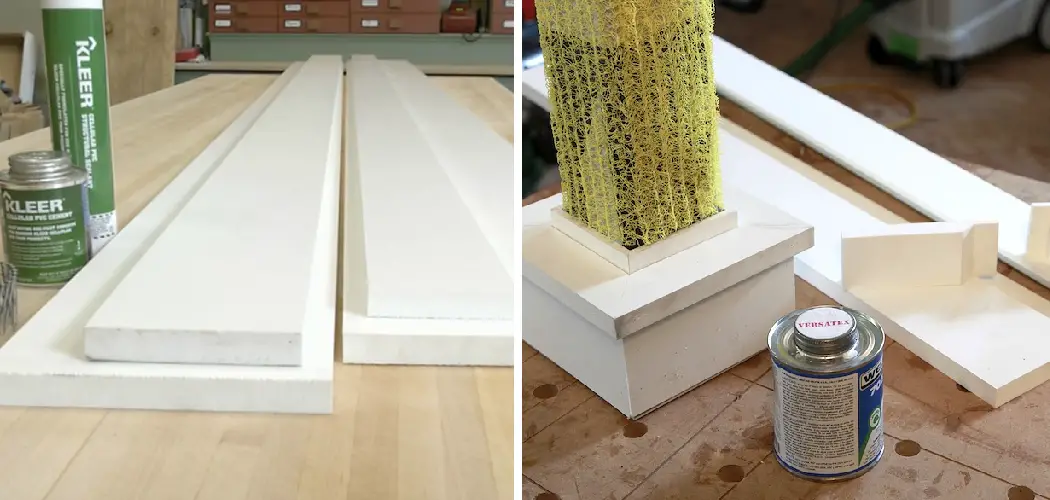PVC trim is a versatile and durable material that can be used in a variety of applications. One of the challenges among DIY enthusiasts and professionals alike is how to attach PVC trim to concrete. While it may seem daunting at first, the task is not as difficult as it appears. Anyone can easily attach PVC trim to concrete with the right materials and the correct steps. In this post, we will walk you through the process of effortlessly attaching PVC trim to concrete.
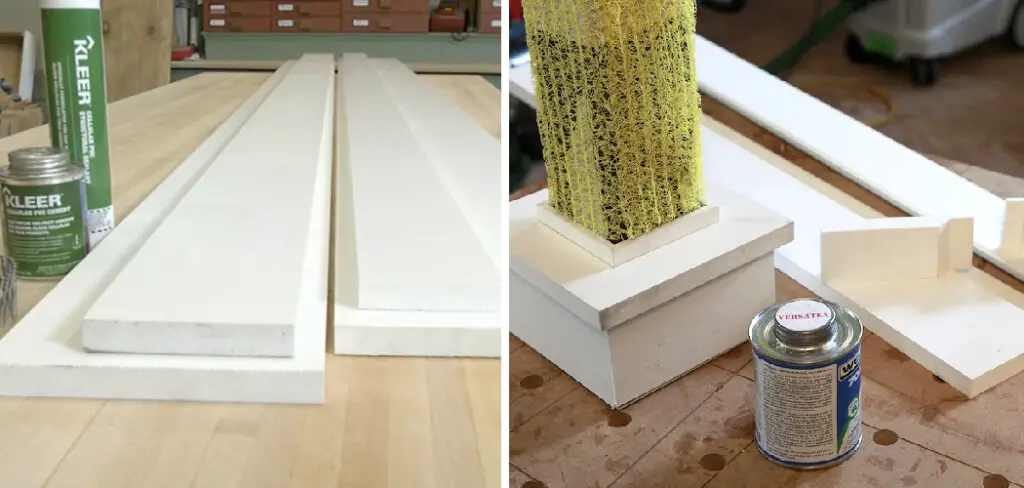
Can You Attach PVC Trim to Concrete?
If you have concrete surfaces that you want to add a finishing touch to, PVC trim can be a great option. But can it be attached to concrete? The answer is yes! With the right tools and techniques, PVC trim can be attached securely to the concrete. One of the most important things to remember is that the concrete’s surface must be clean and debris-free. Any bumps or unevenness will make it difficult to attach the trim.
Different types of adhesives can be used, and it’s important to choose one designed for both PVC and concrete. With a little bit of patience and attention to detail, you can achieve a professional-looking finish that will last for years to come.
Why Should You Attach Pvc Trim to Concrete?
When it comes to finishing off your home’s exterior, there are plenty of options to choose from, but when considering concrete walls, PVC trim is a top contender. PVC trim can provide a sleek, clean look that is low maintenance and durable, making it a smart investment for homeowners. By attaching PVC trim to your concrete walls, you can ensure long-lasting protection against the elements and improve your home’s overall aesthetic appeal.
Plus, PVC trim is easy to install, meaning you won’t have to spend hours on a complicated project. So, if you’re looking for a simple and effective way to enhance the look and durability of your concrete walls, PVC trim is the way to go.
How to Attach PVC Trim to Concrete – in 7 Easy Steps
Step 1 – Evaluate the Concrete Surface
To attach PVC trim to concrete, the first step is to evaluate the surface where you want to attach it. Check to ensure the surface is flat, clean, and dry. You may need to dig out or patch up any cracks or holes in the concrete surface. Rough surfaces may require grinding or sanding to ensure a better bond.
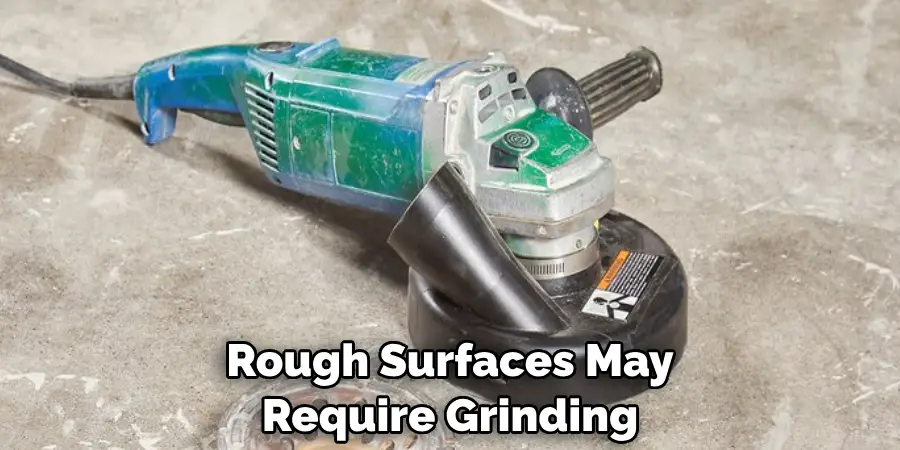
Step 2 – Cut and Measure the PVC Trim
The next step is to measure the dimension of the PVC trim you want to attach to the concrete and cut it to the correct length. You can measure the PVC trim by measuring the surface’s length or using a tape measure. To cut the PVC trim, you will need to use a saw. A miter, circular, or table saw with a blade for cutting PVC trim will work best.
Step 3 – Apply Adhesive to the Back of the PVC Trim
Once you have cut the PVC trim to the right size, the next step is to apply adhesive to the back. You can use a two-part epoxy-based adhesive or a polyurethane adhesive. Apply the adhesive in a straight line or zigzag pattern across the back of the PVC trim. It is essential to apply the adhesive generously, ensuring it covers the whole surface.
Step 4 – Attach the PVC Trim to the Concrete Surface
Now that you have applied the adhesive to the back of the PVC trim, it is time to attach it to the concrete surface. Place the PVC trim against the surface and press it firmly. Then, hold it in place for about 10 to 15 seconds to allow the adhesive to settle. Avoid moving the PVC trim once you have placed it on the concrete surface.
Step 5 – Seal the Joint
The next step is to seal the joint between the PVC trim and the concrete surface. You can use a high-quality acrylic or silicone sealant. Apply the sealant to the joint between the concrete and the PVC trim and smooth it out using either a caulking gun or your finger. Ensure the sealant completely covers the joint.
Step 6 – Allow the PVC Trim to Adhere to the Concrete Surface
Once you have sealed the joint between the PVC trim and concrete, allowing the adhesive time to cure is essential. Depending on which type of adhesive you use, this process may take up to 24 hours. During this period of time, avoid touching the PVC trim and keep it away from any moisture.
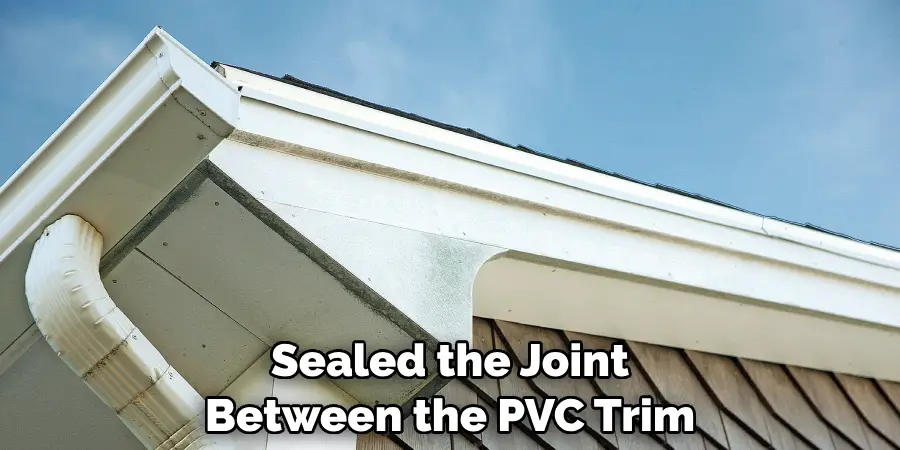
Step 7 – Check for a Secure Bond
After allowing the adhesive to cure, you should check to ensure there is a secure bond between the PVC trim and the concrete surface. Gently pull on the PVC trim to ensure it is firmly attached. If there are any signs of the bond being weak, you may need to apply additional adhesive or sealant.
That’s it! You’ve now learned how to attach PVC trim to concrete. The steps outlined above are quick and easy, so you should be able to complete this project in no time! Good luck!
5 Considerations Things When You Need to Attach PVC Trim to Concrete
1. The Type of Concrete
The first consideration when attaching PVC trim to concrete is the type of concrete. There are two main types of concrete: poured and precast. Poured concrete is a mixture of cement, water, and aggregate that is poured into a mold and allowed to harden. Precast concrete is made by casting concrete into a mold in advance. Each concrete type has its advantages and disadvantages, so it’s important to choose the right one for your project.
2. The Age of the Concrete
Another consideration is the age of the concrete. Concrete that is less than 30 days old is too young to attach PVC trim to, as it hasn’t had enough time to cure properly. Attaching PVC trim to too young concrete can cause the trim to warp or crack.
3. The Condition of the Concrete
The condition of the concrete is also important to consider. If the concrete is cracked or otherwise damaged, it may not be strong enough to support the weight of the PVC trim. In these cases, it’s best to repair the damage before attaching the trim.
4. The Type of Adhesive
The type of adhesive you use is also important. There are two main types of adhesives: solvent-based and water-based. Solvent-based adhesives are stronger than water-based adhesives but can be more difficult to work with. Water-based adhesives are easier to work with but may not provide as strong of a bond.
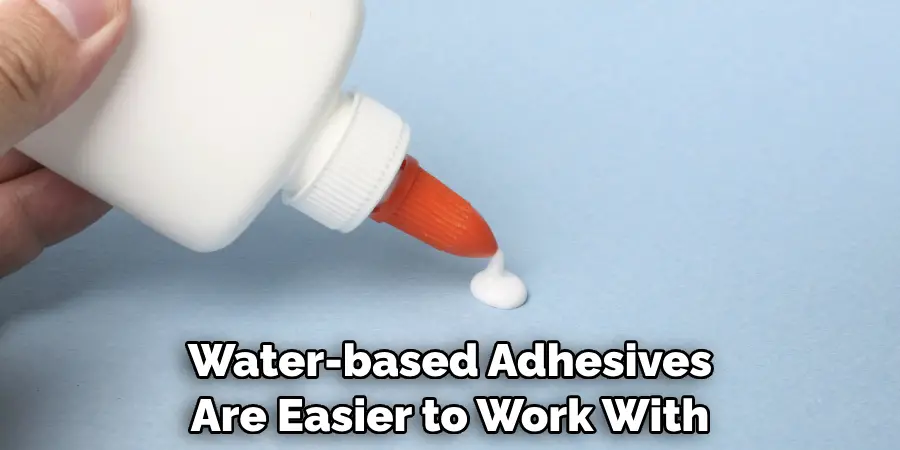
5. The Weather Conditions
Finally, you need to consider the weather conditions when attaching PVC trim to concrete. If it’s too cold outside, the adhesive may not set properly. Conversely, if it’s too hot outside, the adhesive may set too quickly and not have enough time to form a strong bond. It’s best to wait until the temperature is within an ideal range (65-85°F) before attempting to attach PVC trim to concrete.
By following these five considerations, you can ensure that your PVC trim is properly attached to the concrete and will last for many years. If you have any questions about attaching PVC trim to concrete, consult a professional for advice and assistance. With the right knowledge and preparation, you can successfully attach PVC trim to concrete and achieve great results.
Benefits of Attach PVC Trim to Concrete
If you are looking for a way to enhance the look of your concrete surfaces while also improving their overall durability, attaching PVC trim should be at the top of your to-do list. Not only does PVC trim offers a wide range of design options, but it also protects your concrete from damage caused by weather, moisture, and wear and tear. PVC trim is easy to install and requires minimal maintenance, making it a cost-effective solution for homeowners and businesses alike.
Plus, incorporating PVC trim into your concrete design can increase the value of your property and leave a lasting impression on visitors and customers. If you want to enjoy all of these benefits and more, consider attaching PVC trim to your concrete surfaces today.
Some Common Mistakes People Make When Trying to Attach PVC Trim to Concrete
When it comes to attaching PVC trim to concrete, there are a few mistakes that can easily trip up even the most experienced DIY-ers. One of the most common mistakes is not properly preparing the surface of the concrete. Without the right preparation, the adhesive used to attach the trim may fail, causing the trim to loosen or even fall off. Another mistake is using the wrong type of adhesive. Not all adhesives are created equal; some are better suited for concrete than others.
A third mistake is not allowing enough time for the adhesive to fully cure before exposing the trim to moisture or other potential stressors. By preparing the surface properly, choosing the right adhesive, and allowing for sufficient curing time, you can avoid these common mistakes and ensure a successful PVC trim installation on your concrete surfaces.
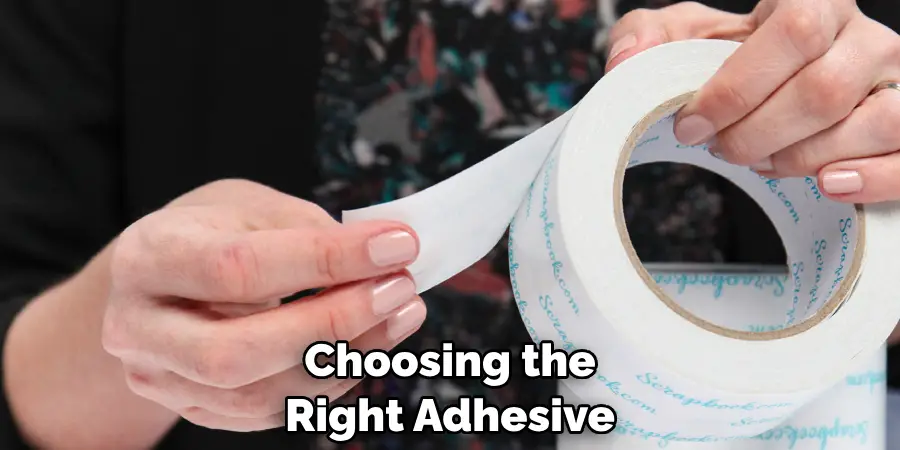
Conclusion
Attaching PVC trim to a concrete surface might seem like a challenging task. However, following these straightforward steps lets you complete the task quickly and efficiently. Remember to evaluate the concrete surface, measure, cut, and apply adhesive to the PVC trim, attach it to the concrete surface, and seal the joint. With the right materials, equipment, and techniques, you can attach PVC trim to concrete in no time. Thanks for reading our post about how to attach pvc trim to concrete.

